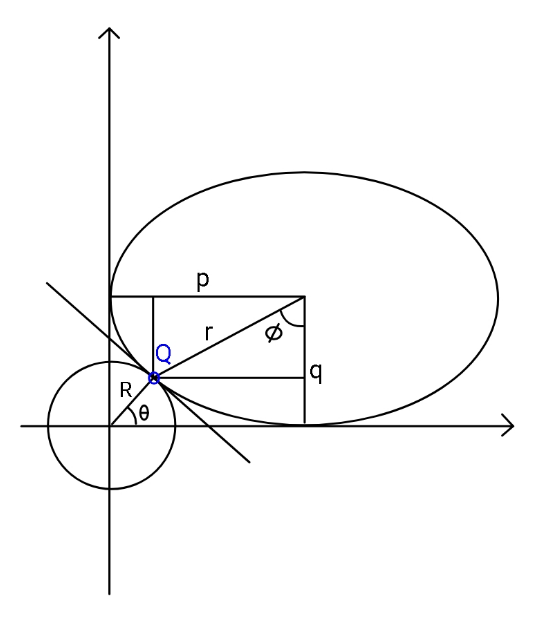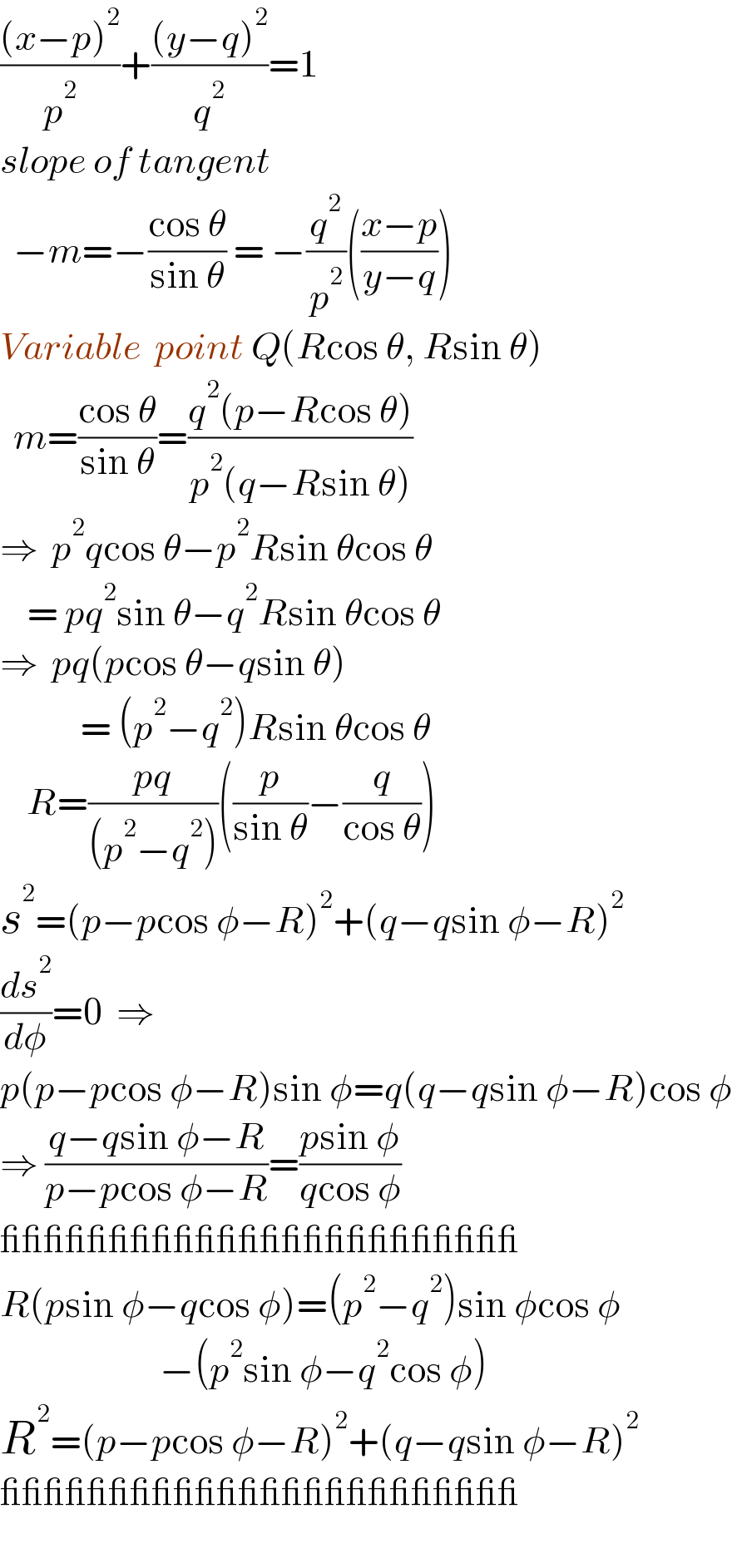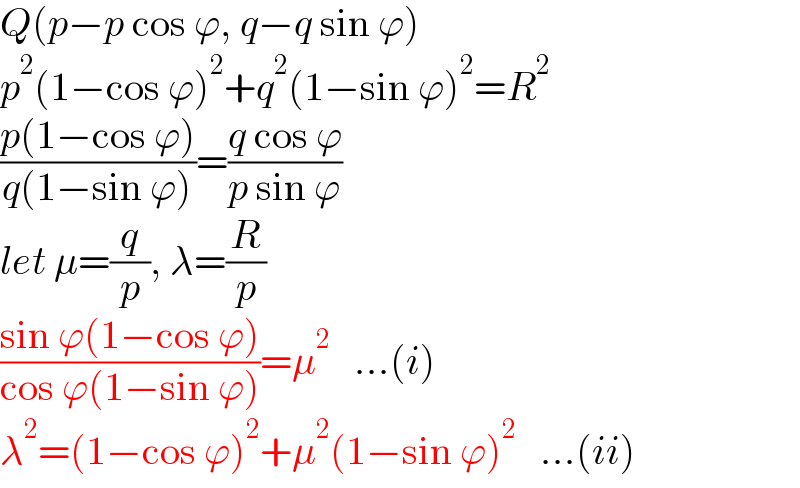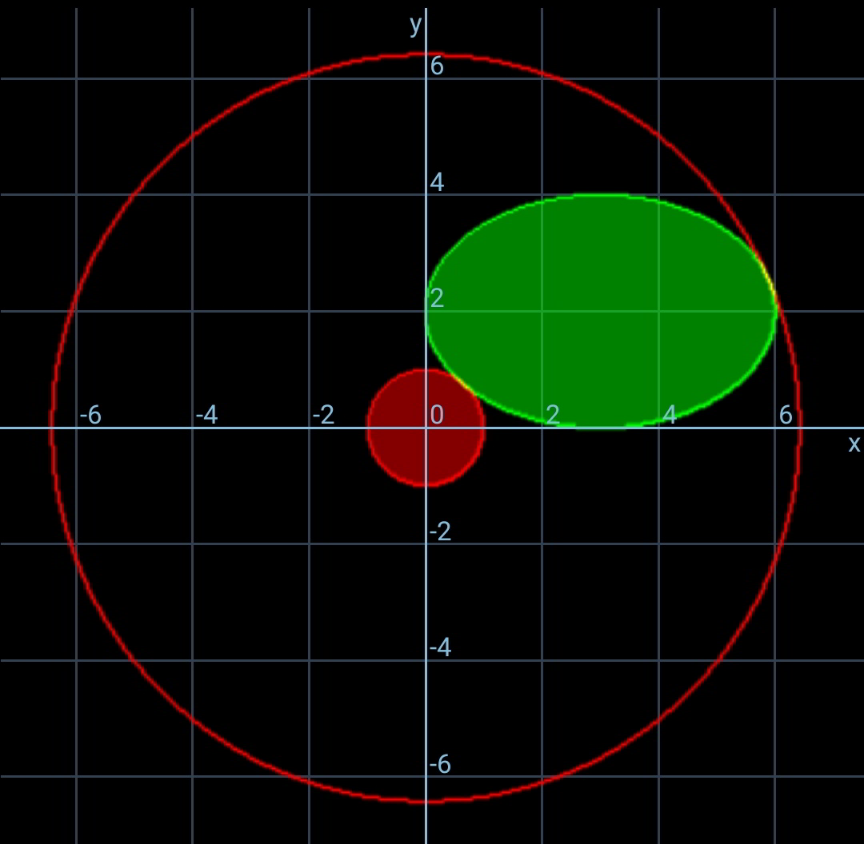
Question and Answers Forum
Question Number 127460 by ajfour last updated on 30/Dec/20

Commented by ajfour last updated on 30/Dec/20

Answered by ajfour last updated on 30/Dec/20

Answered by mr W last updated on 30/Dec/20

Commented by mr W last updated on 30/Dec/20

Commented by mr W last updated on 30/Dec/20

